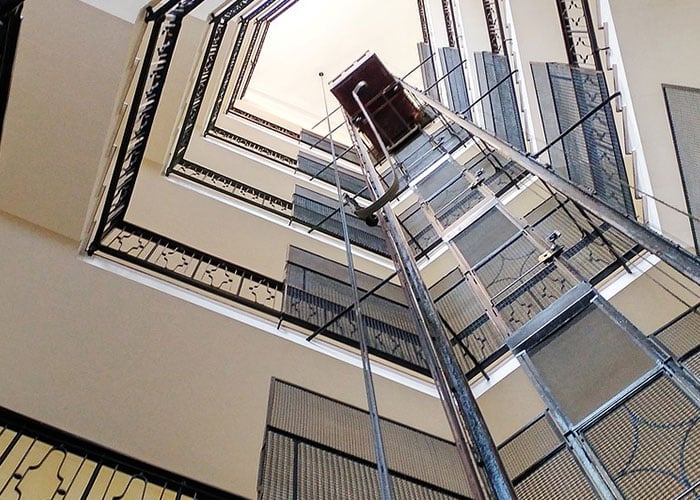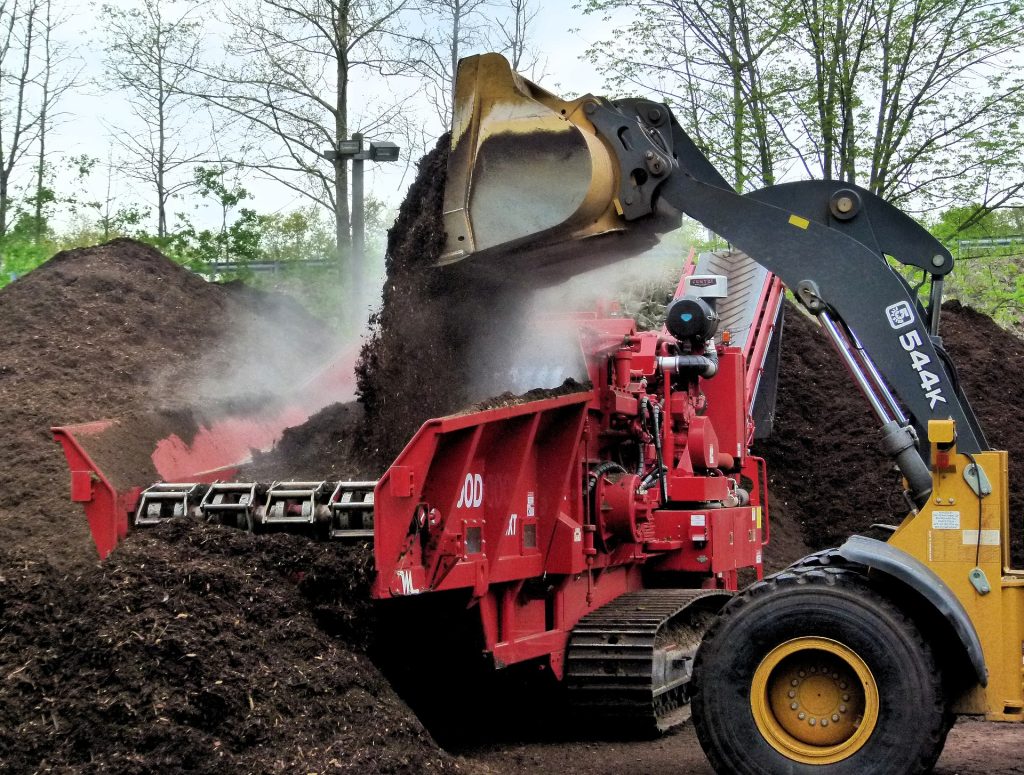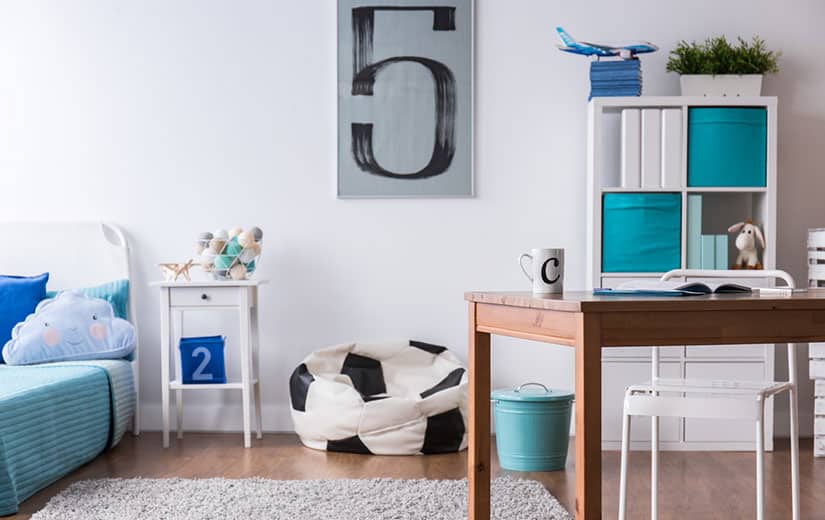Installed in your home, a private elevator allows smooth movement from one floor of your home to another, and contributes to its safety. This solution reinforces the autonomy of people with reduced mobility. There are different types of home elevators, the operation of which remains quite simple. Their installation obeys very precise safety rules, which also apply to elevators serving buildings.
Summary
The choice of a private elevator
How a home elevator works partly depends on the chosen model. Overall, electric elevators are more often chosen to equip a dwelling. In this case, it is an electric motor that lifts the device. It can be equipped with winches and counterweights.
For its part, the hydraulic lift works thanks to a system of cylinders. The dimensions of the device are also to be taken into account when choosing the lift. There are standard dimensions, but the device can also be custom-made. It will be larger if it has to accommodate a wheelchair.
How a private elevator works
The cabin of a home lift is equipped with a control panel that allows the maneuver of the device. It is used to control the ascent and descent of the lift, as well as the opening and closing of the doors.
Thanks to another button, the user can obtain, if necessary, an emergency stop. A specific control also allows manual maneuvering of the cabin. Finally, an alarm button allows, in the event of a breakdown or malfunction, to alert the emergency services.
In general, home elevators work more smoothly. This is especially true of hydraulic elevators, which smoothly transport their users from floor to floor. This gentle elevation allows sick or disabled people to avoid the consequences on their health of possible jolts.
Compliance with safety rules
The commissioning of home lifts must be done in strict compliance with very specific safety standards. They stem, for the most part, from European regulations.
The European regulations first consider the risks incurred by the use of a lift, such as blockage of the cabin, crushing, fire or electric shock. Among other equipment, the lift must be equipped with a speed controller, an obstacle detector and constant lighting. A ventilation system must also make it possible to renew the ambient air.
The maximum authorized weight must be indicated legibly and prominently. A 2006 directive establishes, on the basis of these potential risks, the safety rules to which domestic lifts must comply.
Several devices are provided for checking the compliance of lifts with the regulations in force. Thus, after verification by an authorized inspection body, the manufacturer may be authorized to affix a CE sticker to the lift cabin. This marking certifies that the device meets all the safety requirements provided for by European regulations.
In addition, a specific European standard implements the means that will ensure compliance with the safety requirements enacted by the 2006 directive. This standard also certifies the compliance of the home lift with the safety rules in force.
Finally, elevators for particular use can benefit from a specific certification, issued by the International Organization for Standardization. It reinforces the security guarantees offered to users.
What about other types of elevators?
The operation of a lift serving a building does not essentially differ from that of a private lift. This is how cable traction lifts, equipped with winches, counterweights or even a traction system, operate using electrical energy. As for hydraulic lifts, their operation is ensured by jacks.
If you live in the capital, your Paris lift specialists are at your disposal to study the conditions for installing your lift in the specific context of your building. They are able to design a tailor-made device, which can adapt to the particular style of the building and thus meet your own expectations.
If your building was built at the time of the work undertaken in the capital by Baron Haussmann, the design of the lift is distinguished by the straight lines that characterize these buildings. The more modern design and the lacquered wood finishes of some cabins fit in with the Art Deco style found in other buildings.
Lifts serving buildings are governed by the same safety rules as private lifts. Safety also depends, and to a large extent, on the maintenance of the elevators.
To ensure this regular maintenance of your lift, your lift contractor offers you a maintenance and assistance contract, concluded for at least one year. It provides for the regular intervention of technicians to ensure proper operation of the device.
As part of these visits, the lift contractor checks the efficiency of the main devices and repairs or replaces certain worn or faulty parts. Your lift specialist is even able, in some cases, to manufacture the missing parts. The necessary spare parts are provided by partner companies.
A carefully kept maintenance log for the lift bears the trace of all interventions, with their dates and the nature of the repairs or replacements carried out.




